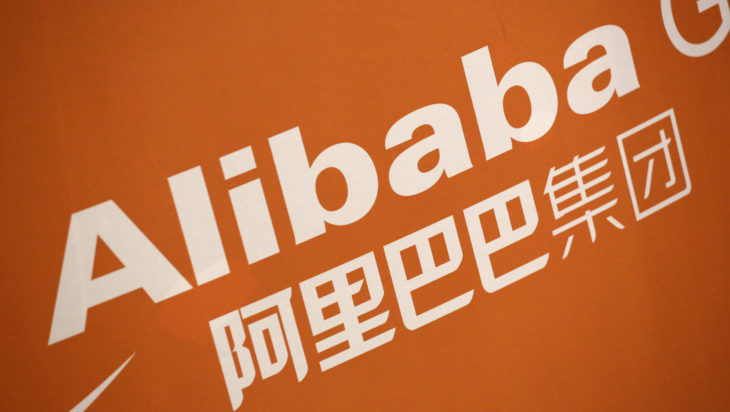Alibaba To Grow Southeast Asia Shopping Arm To $100b.

Alibaba today exposed an ambitious vision to grow its Southeast Eastern ecommerce service to $100 billion in transacted sales in addition to a pledge to reach carbon nonpartisanship in its procedures by 2030.
China’s biggest ecommerce business revealed its vision Friday for its Southeast Eastern shopping arm Lazada in discussion slides submitted to its site for its annual Financier Day, where it generally shares revenue numbers and also future methods of its business units with investors. Alibaba’s top executive Daniel Zhang also outlined its carbon exhaust goals throughout a discussion Friday.
The strategy to quintuple Lazada’s complete gross merchandise quantity– specified as the total quantity of sales negotiated on its platform– came as the Chinese firm looked overseas for resources of development amid boosted competition and also a slowing economy in the Chinese market.
Alibaba also ultimately intends to have Lazada offer 300 million consumers, according to the presentation slides.
The Hangzhou-based company took a controlling risk in Lazada in 2016, before investing an added $2 billion to increase the business in 2018.
Alibaba’s inbound chief financial officer Toby Xu claimed throughout a presentation on Friday that its China business section has faced “near-term obstacles of a slowing macro-environment and a heightened degree of competition.”.
” This has actually resulted in slower GMV and also the revenue development in one of the most recent quarter,” he said. “But we additionally see chances to tap into brand-new addressable markets to expand new individuals that will place us well for the long-term.”.
Currently, Lazada’s gross goods volume for the last twelve months from September 2021 got to $21 billion, with 159 million month-to-month active customers.
Alibaba chief executive officer Daniel Zhang claimed in a different discussion Friday that the business sees a “substantial capacity in the international markets” going forwards.
” In Southeast Asia, ecommerce penetration is only 11%, and Lazada’s annual consumers have actually gotten to just 34% of local Internet individuals,” Zhang claimed. “There’s incredible possibility in both the overall market dimension and our penetration.”.
Alibaba’s push to broaden its Southeast Asia business comes as it deals with fiercer competition in its residence market, from rivals in short-video ecommerce such as Kuaishou, as well as team buying system Pinduoduo, which has actually spent greatly in sales as well as advertising and marketing costs to increase its individual base.
The business has actually likewise faced tighter governing examination over the past year, as Chinese authorities increased governing oversight in the technology industry adhering to problems that some Huge Tech firms were participating in anti-competitive and also monopolistic actions. Alibaba was fined a record $2.8 billion earlier this year after authorities ended that it had breached antitrust guidelines.
Independently Friday, Zhang additionally announced that the firm is intending to achieve carbon neutrality in its very own operations by 2030, while likewise lowering the amount of discharges across its supply chain as well as business environment by half.
Zhang claimed that the business also prepares to decrease exhausts by utilizing even more renewables along with “energy-saving and efficiency-improving modern technologies” to minimize discharges.
Alibaba would likewise set in motion consumers, sellers, business companions and also service providers to take part in their carbon reduction efforts. Zhang called examples such as promoting the usage of environment-friendly products, environment-friendly transport choices as well as motivating the reuse and also resale of pre-owned goods.
Alibaba’s pledge in the direction of minimizing its carbon impact also accompanies China’s large press to attain carbon nonpartisanship by 2060. The country is presently the globe’s greatest carbon emitter, responsible for almost a 3rd of worldwide discharges.
Chinese authorities have given that placed power targets on much of the country’s state-owned companies, although many have actually struggled to wean themselves off coal usage– one of the largest contributors to China’s substantial carbon discharges.
